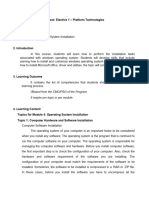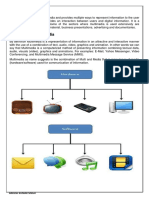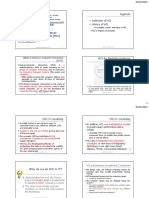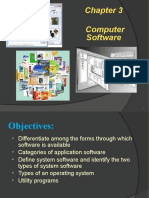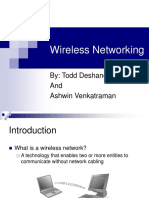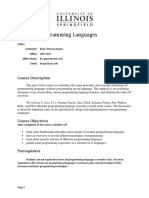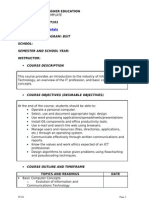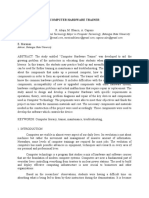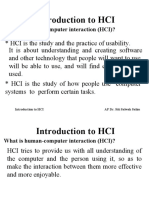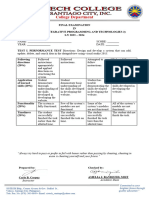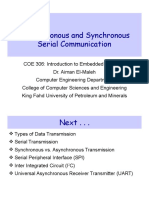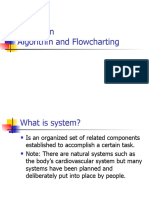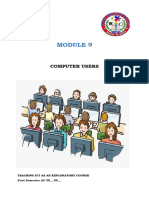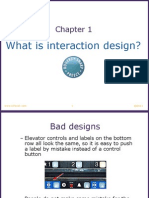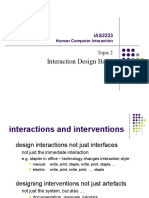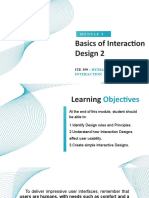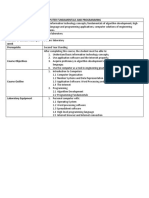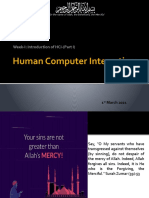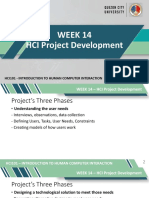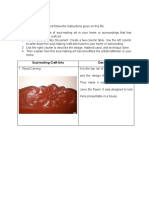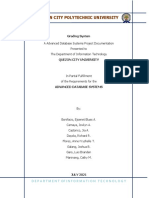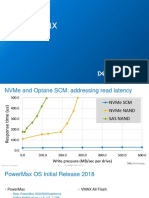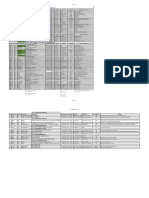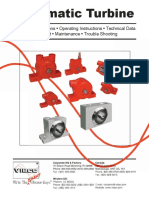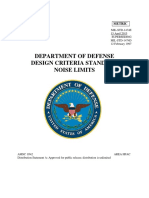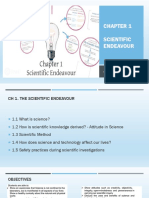0% found this document useful (0 votes)
348 views18 pagesHCI101 Week12-13 Implementation Support
The document discusses different levels of programming tools to support human-computer interaction implementation, including windowing systems for device independence and multitasking, interaction toolkits for programming user interfaces with objects, and user interface management systems that separate application logic from presentation through architectures like MVC and PAC. It also examines how implementation techniques have shifted dialogue control from internal to external approaches.
Uploaded by
Group SixCopyright
© © All Rights Reserved
We take content rights seriously. If you suspect this is your content, claim it here.
Available Formats
Download as PDF, TXT or read online on Scribd
0% found this document useful (0 votes)
348 views18 pagesHCI101 Week12-13 Implementation Support
The document discusses different levels of programming tools to support human-computer interaction implementation, including windowing systems for device independence and multitasking, interaction toolkits for programming user interfaces with objects, and user interface management systems that separate application logic from presentation through architectures like MVC and PAC. It also examines how implementation techniques have shifted dialogue control from internal to external approaches.
Uploaded by
Group SixCopyright
© © All Rights Reserved
We take content rights seriously. If you suspect this is your content, claim it here.
Available Formats
Download as PDF, TXT or read online on Scribd
/ 18








